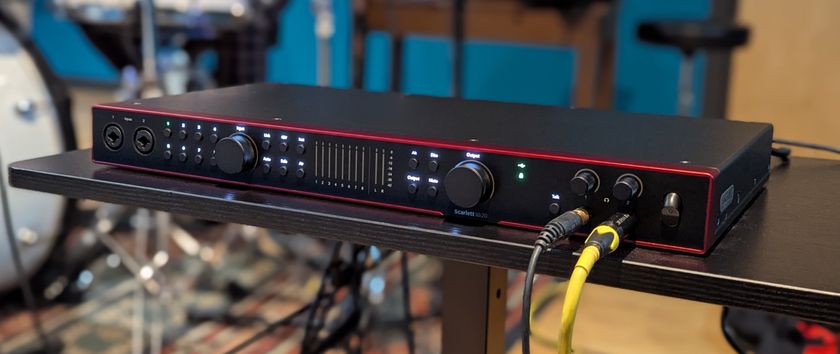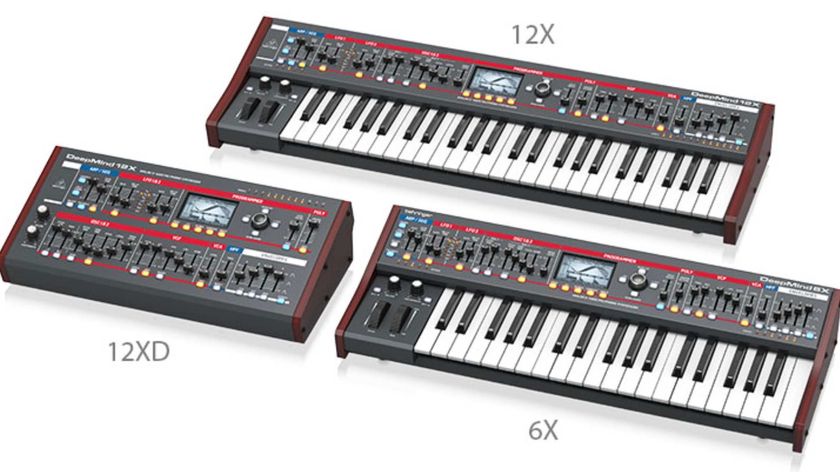Focusrite's third-gen Scarlett USB audio interfaces promise great sound at an affordable price
The red recording boxes are back, and said to be better than ever

The pitch for Focusrite’s third-generation range of Scarlett USB audio interfaces is pretty simple: that they’re the best-sounding Scarlett models yet. There are six devices in the range, each of which offers a different configuration of I/O.
Topping the bill of new features is the third-generation mic pre, which is said - not surprisingly - to be the best ever to feature in a Scarlett audio interface. This can reproduce the Air effect from Focusrite's original ISA mic preamp, which is designed to add brightness and space to the likes of vocal and acoustic instrument recordings.
Speaking of recording, The 24-bit/192kHz converters are designed to deliver that all-important clarity, while the driver is said to enable latency that’s “so low you won’t notice it”. Gain halos indicate input levels, making it easier to get them right and avoid distortion.
Connectivity is via USB-C, with a USB-C to USB-A cable coming in the box. There’s also a comprehensive software bundle that includes Ableton Live Lite, a three-month subscription to Splice Sounds, XLN Audio’s Addictive Keys, Focusrite’s Red Plug-in Suite, the Softube Time & Tone bundle and more.
Find out more on the Focusrite website. Prices for the Scarlett third-generation interfaces are as follows: Solo, £100; 2i2, £150; 4i4, £200; 8i6, £250; 18i8, £350; and 18i20, £450. There are also two Studio bundles - Solo Studio, which costs £200, and 2i2 Studio, which costs £250.
- Explore the best Focusrite Scarlett Solo 3rd Gen deals
Get the MusicRadar Newsletter
Want all the hottest music and gear news, reviews, deals, features and more, direct to your inbox? Sign up here.

I’m the Deputy Editor of MusicRadar, having worked on the site since its launch in 2007. I previously spent eight years working on our sister magazine, Computer Music. I’ve been playing the piano, gigging in bands and failing to finish tracks at home for more than 30 years, 24 of which I’ve also spent writing about music and the ever-changing technology used to make it.











